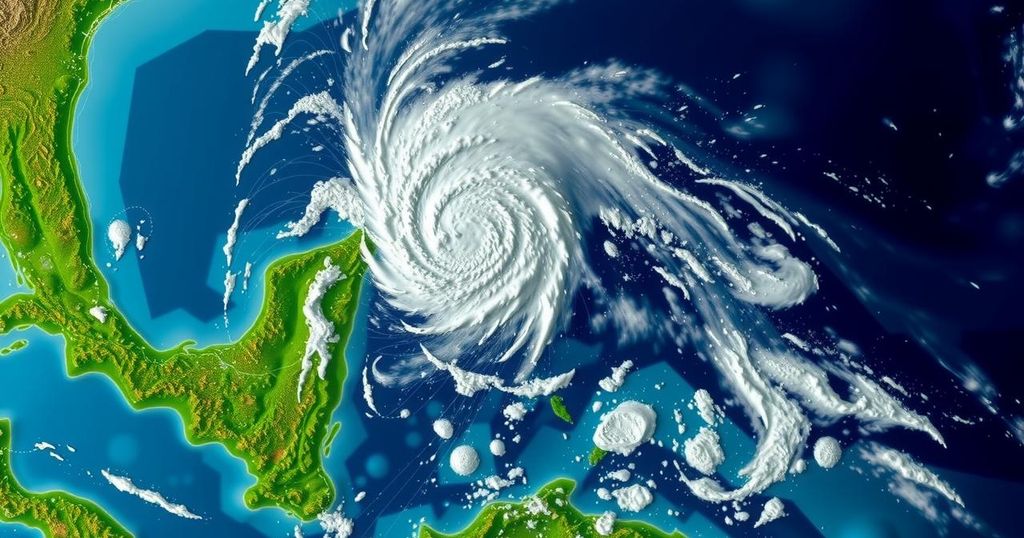The likelihood of the low-pressure system AL94 evolving into Tropical Storm Nadine has decreased significantly, with the National Hurricane Center reporting a 20% chance of formation within 48 hours. The system, expected to bring rain and winds to the northern Caribbean, is being closely monitored as it moves towards those areas. The U.S. is not anticipated to experience impacts from this system.
Recent assessments from the National Hurricane Center (NHC) indicate that the likelihood of a low-pressure system in the Atlantic Ocean developing into Tropical Storm Nadine has significantly diminished. This system, referred to as AL94, originated off the west coast of Africa and has been closely monitored due to its erratic development potential. Currently positioned east of the Leeward Islands, it was previously identified with a 60 percent chance of intensifying into a tropical storm earlier this week. However, as of the latest updates, this probability has dropped to 20 percent over the next 48 hours and 30 percent over the subsequent week. Despite the diminishing chances of its evolution into a significant storm, the NHC warns that strong upper-level winds could further hinder its development. “Showers and thunderstorms associated with a trough of low pressure located a few hundred miles east of the Leeward Islands remain disorganized,” according to the NHC. The system’s path is expected to carry it rapidly westward, nearing the Virgin Islands and Puerto Rico on Friday, followed by its approach to Hispaniola and the southeastern Bahamas on Saturday. Nevertheless, meteorologists anticipate that heavy rain and gusty winds may still affect northern Caribbean islands. As observed by Tom Kines, a senior meteorologist at AccuWeather, “The chances of this developing into a tropical storm or even a hurricane seem to have diminished over the past couple of days.” Kines notes a slight possibility for development within the next few days. Fortunately, the United States is not expected to endure any impacts from AL94, providing welcomed relief to Florida, which has recently endured significant hurricane activity with Helene and Milton. Currently, there are no named storm systems actively existing in the Atlantic; however, meteorologists stress that the 2024 Atlantic hurricane season remains underway through November 30, with favorable conditions still in place for potential storm formation. In addition to AL94, NHC meteorologists are monitoring another system in the western Caribbean that may develop gradually, yet the chances for it to strengthen into a tropical storm appear equally low.
AL94, the low-pressure system under observation, emerged off the west coast of Africa and had previously exhibited fluctuating levels of potential for storm development. The system is presently located in the Atlantic, east of the Leeward Islands. Such systems are carefully monitored during peak hurricane season, which runs through the end of November. This report also highlights the ongoing hurricane preparedness and monitoring efforts by the National Hurricane Center (NHC) as part of their meteorological responsibilities.
In summary, while the development prospects of potential Tropical Storm Nadine have substantially reduced, the associated low-pressure system (AL94) remains a focal point for meteorological surveillance. Experts caution about the potential heavy rain and gusty winds that may still impact parts of the Caribbean, while emphasizing that the Atlantic hurricane season is not yet concluded. The current forecast presents a welcome respite for the continental United States, particularly Florida, from further hurricane threats.
Original Source: www.newsweek.com






